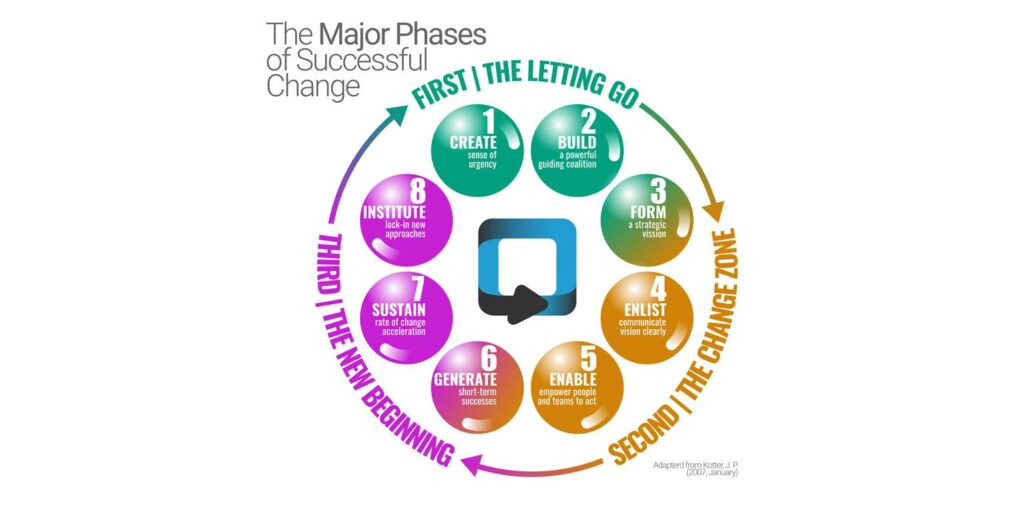In the tumultuous battlefield of Ukraine, the skies above have become a stage of constant evolution and strategic innovation. Russia’s aerial tactics, once defined by brute force and overwhelming firepower, have undergone a profound transformation in recent years. This shift towards a more nuanced and adaptive approach has not only caught the attention of military analysts worldwide, but has also had a significant impact on the ongoing conflict in the region. In this article, we delve deep into the intricacies of Russia’s strategic aerial maneuvers in Ukraine, analyzing the reasons behind this shift and its implications for the future of warfare.
Understanding Russias Aerial Tactics in Ukraine
Russia’s aerial tactics in Ukraine have undergone a significant strategic shift in recent months, marked by a notable increase in the use of unmanned aerial vehicles (UAVs) for reconnaissance and combat operations. This shift has allowed Russian forces to gather real-time intelligence, conduct precision strikes, and disrupt Ukrainian military operations with greater efficiency and effectiveness.
This change in tactics has also seen Russia employing more advanced air defense systems, such as the S-400 missile system, to counter Ukrainian fighter jets and drones. By utilizing a combination of UAVs and sophisticated air defense systems, Russia has been able to maintain air superiority in the region and exert significant pressure on Ukrainian forces. The evolving nature of Russia’s aerial tactics in Ukraine underscores the country’s commitment to achieving its strategic objectives through innovative and adaptive military strategies.
Implications of the Strategic Shift
As Russia continues to adapt its aerial tactics in Ukraine, the implications of this strategic shift are significant. One key implication is the increased effectiveness of Russian airstrikes on Ukrainian targets. By implementing new tactics and technologies, such as precision-guided munitions and improved reconnaissance capabilities, Russia has been able to more accurately target Ukrainian military assets.
Another implication is the potential for escalation and increased volatility in the region. As Russia becomes more aggressive in its aerial operations, there is a higher risk of accidental clashes with Ukrainian forces or even NATO aircraft. This heightened tension could lead to a larger conflict with far-reaching consequences. It is crucial for all parties involved to carefully consider the implications of these strategic shifts and work towards de-escalation and peace.
Analysis of Key Operational Changes
For years, Russia has employed a variety of aerial tactics in its conflict with Ukraine. However, recent developments suggest a strategic shift in their approach. One key operational change is the increased use of stealth aircraft, such as the Su-57, in offensive operations. This shift has allowed Russian forces to conduct precision strikes deep into Ukrainian territory, bypassing traditional air defense systems.
Furthermore, there has been a noticeable uptick in the use of unmanned aerial vehicles (UAVs) for reconnaissance and target acquisition. These drones have not only provided valuable intelligence to Russian commanders but have also been used to conduct targeted strikes on high-value enemy assets. This shift towards more advanced and decentralized aerial tactics indicates a desire by Russia to adapt to the evolving battlefield in Ukraine and maintain a strategic advantage over Ukrainian forces.
Recommendations for Responding to Russias New Approach
Given Russia’s new approach to aerial tactics in Ukraine, it is imperative that we adapt our responses accordingly. Here are some key recommendations to consider:
- Enhanced Air Defense Systems: Investing in advanced air defense systems to effectively counter Russia’s improved aerial capabilities.
- Collaboration with Allies: Strengthening alliances and partnerships with other countries to share intelligence and coordinate responses to Russian aggression.
- Training and Preparedness: Conducting regular training exercises and drills to ensure readiness in case of any escalation in aerial confrontations.
It is crucial to stay vigilant and proactive in responding to Russia’s strategic shift in aerial tactics. By following these recommendations, we can better protect our interests and maintain stability in the region.
Future Outlook
the strategic shift in Russia’s aerial tactics in Ukraine reflects a complex and evolving dynamic in the region. As military strategies adapt and change, it is crucial to closely monitor and analyze these developments to better understand the implications for the ongoing conflict. By examining the nuances of aerial tactics, we can gain valuable insights into the broader geopolitical landscape and the ways in which military power is wielded. As the situation continues to unfold, it is clear that a thorough understanding of these shifts is essential for policymakers, analysts, and citizens alike. Only through continued analysis and vigilance can we hope to navigate the complexities of modern warfare and ensure a more peaceful and secure future for all.
